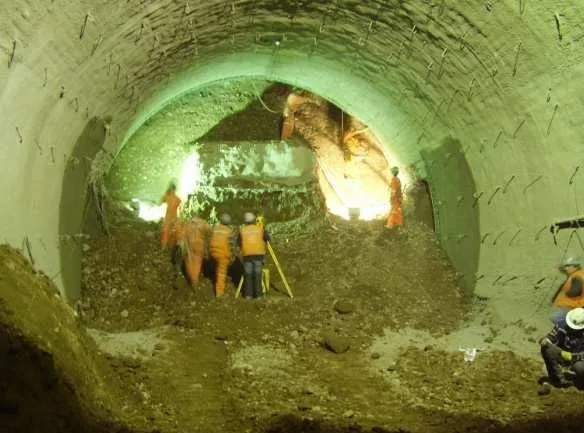Tunnel construction is a niche corner of the wider construction industry, but an essential one – and a highly skilled one to boot. Whether building underpasses, new train routes, mining hubs or other civil projects, tunnel construction teams are presented with challenges unlike any other industrial project. How do they ensure safety at all times?
Hazards Below Ground
Health and safety is a paramount concern in any construction environment, but tunnel construction presents a series of unique potential hazards, that must be met with a unique set of solutions in order to reduce risk for workers on site.
One of most apparent risks comes in the form of falling objects or debris – but not quite in the same form as this risk takes on conventional construction sites. Tunnel construction involves geological excavation, and without the right approach to geological survey, structural safety and material removal, material could fall from the ‘roof’ and seriously injure workers. Digging underground also introduces ventilation issues, where confined spaces with convoluted routes to surface can quickly become oxygen-poor, or dust-rich.
Regulatory Framework
The unique dangers posed in tunnel construction are essentially regulated, via a broad and disperse framework of tunnel-construction-specific and generalised regulations, standards and legislation. The Work in Compressed Air Regulations describe best practice in managing working conditions underground, while general health and safety laws cover management responsibilities with regard to hazards such as falling objects and working with heavy-duty machinery. There is also a code of practice for risk management in tunnel works, prepared and reproduced by the British Tunnelling Society.
Personal Protective Equipment (PPE)
A key intervention in any construction scenario is Personal Protective Equipment or PPE, as a last defence from immediate potential harms. Hard hats are amongst the most important of these in tunnel environments, due to the increased risk of flying or falling debris in comparison to other construction environments.
While the provision of, and training in the use of, PPE is legally mandated via the PPER 1992, it is not the breaking of this law that specifically opens up injured employees to the possibility of taking civil action for injury or negligence. Rather, personal injury claims are made via common law, wherein employers can be proven to be negligent in duty of care to their workers.
Training and Education
It is partially by this token that training and education are just as important as direct health and safety interventions in tunnel construction. Failure to properly integrate new workers into the best-practice workflow of a tunnel construction project not only endangers individual workers, but enables individual workers to endanger their fellow employees.
Emergency Response and Rescue
Tunnel environments are not only more dangerous, but also more difficult to evacuate in case of an emergency. Due to the nature of the project, entrances and exits are likely few, small and/or slow to utilise. This makes the avoidance of emergency particularly important, but also necessitates especial attention to the planning and orchestration of emergency protocols – including rescue plans in the event of trappage.

